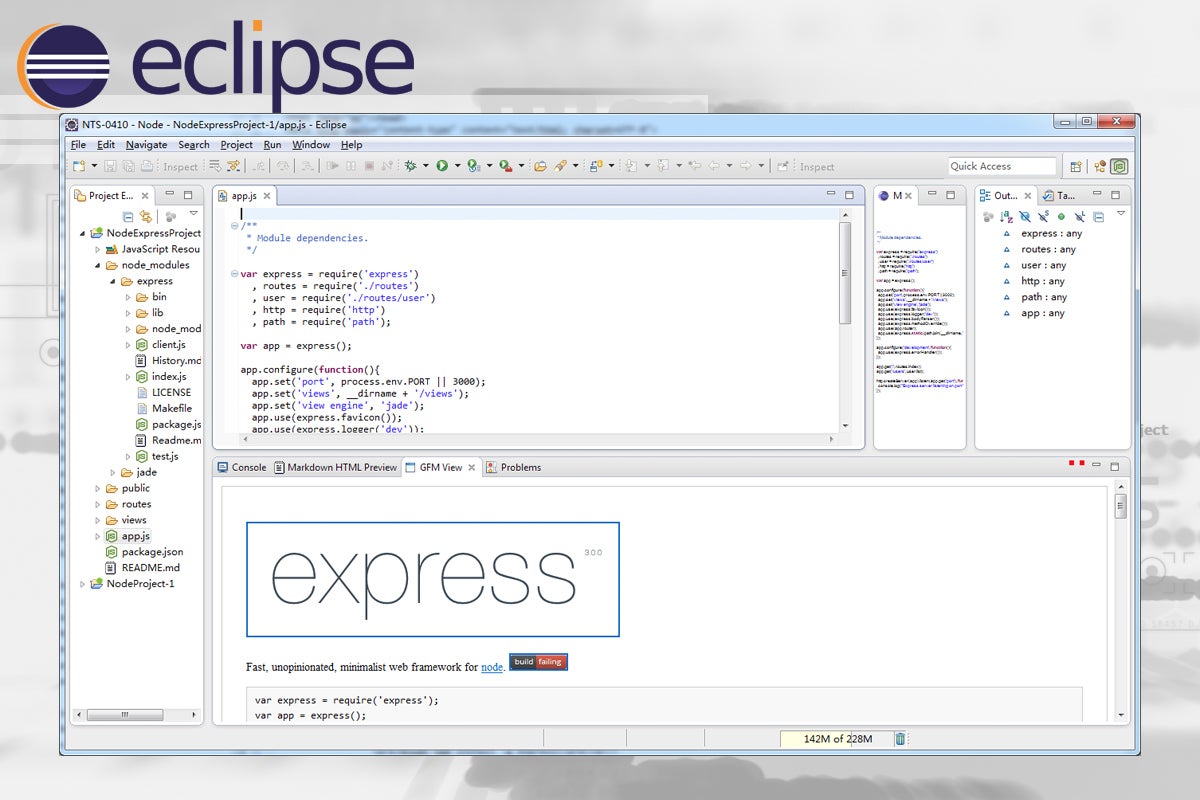

However, I’d recommend the first option as you get all formatting related settings in one export file.Bitbucket is a distributed version control system ( DVCS) code hosting site that supports Mercurial and Git. Team members can then import these without touching any of their other workspace/workbench settings.Īlternatively, export *all* preferences (select Export All on the Preferences dialog) and edit the exported file manually to only include cleanup options (the start with “/instance//cleanup.”). This will export code style related settings like Formatter, Clean Up and Save Actions settings. So go to File > Export > Preferences, deselect Export All and then select the option Java Code Style Preferences. Not sure why the one doesn’t pick up config from the other.Ģ) Although you can’t export an individual clean up config like you can from Code Style > Clean Up, you can export all the Java Code Style options to share amongst the team. I think you’re right that there’s duplication between the two. OTOH, the options under Save Actions happen whenever you save, so it’s automatic. So you have to click Source > Clean Up… on a Java class and that will open a Clean Up wizard with the configured options. Automatically place a semicolon at the end of Java statements in Eclipseġ) From my understanding, the option under Java > Code Style > Clean Up is only invoked if you manually ask for a clean up.Add comments and Javadocs in Eclipse with a single keystroke.Generate static imports in Eclipse on autocomplete for JUnit Assert, StringUtils and others.This will ensure that the new code conforms to the standards but the older code still stays relatively comparable from earlier versions. On the same page you enabled the Save Actions, select Format edited lines instead of Format all lines. However, to address this complaint, there is also an option to only format/clean up only the parts of the code that you’ve recently worked on. But I would rather take the hit the first time and reformat a class to the team standards rather than have it in an inconsistent format. Yes, you could lose diff-ability with earlier versions of the class because Eclipse might reformat the whole file, especially if it’s not in your current coding standards. But it could mess up SCM/VCS diffs with earlier versions of the class Your version history comparisons become a lot easier as well because any developer working on the code would have done the same formatting and cleanup. You save time by not having to invoke these actions as well, ie. more chance of standardised code in your team. You don’t have to remember to ask Eclipse to organise imports or format code, ie. Remove trailing whitespace: Nice one if you’re obsessive about those blanks at the end of lines.Use blocks in if/while/for/do statements: Forget religious wars, I’ve programmed long enough to know that you always use braces even for single line blocks.Convert for loops to enhanced: Replaces an index-based loop with an enhanced for loop.Can get annoying sometimes, but mostly worth the trouble. Use final modifier where possible: A nice thing if you want final variables to be marked as final automatically.Add and tags: Nice for compile-time checking.Make sure that Additional actions is ticked.Įclipse can clean up a lot of things, but here’s a list of some of the more useful ones I have enabled: You can see what they are and what you want done by clicking Configure on the same preference page. When you enabled the option “Additional actions”, you told Eclipse to do more cleanups.

It basically does a Ctrl+Shift+O whenever you save. With “Organize imports” enabled, Eclipse will automatically reorder imports, prompt for imports to unresolved classes and remove unused imports.

With “Format source code” enabled, the code is formatted according to the formatting rules you’ve specified under Java > Code Style > Formatter (or project-specific formatting if enabled). Here’s what the settings should look like. Click Ok, edit some code, save it and watch Eclipse format it automatically.Make sure Organize imports is selected.Below I discuss when to use the other option. Select Perform the selected actions on save.Go to Window > Preferences > Java > Editor > Save Actions.
How to use eclipse to code how to#
How to enable automatic formatting and cleanupīy default automatic formatting and cleanup is disabled.


 0 kommentar(er)
0 kommentar(er)
